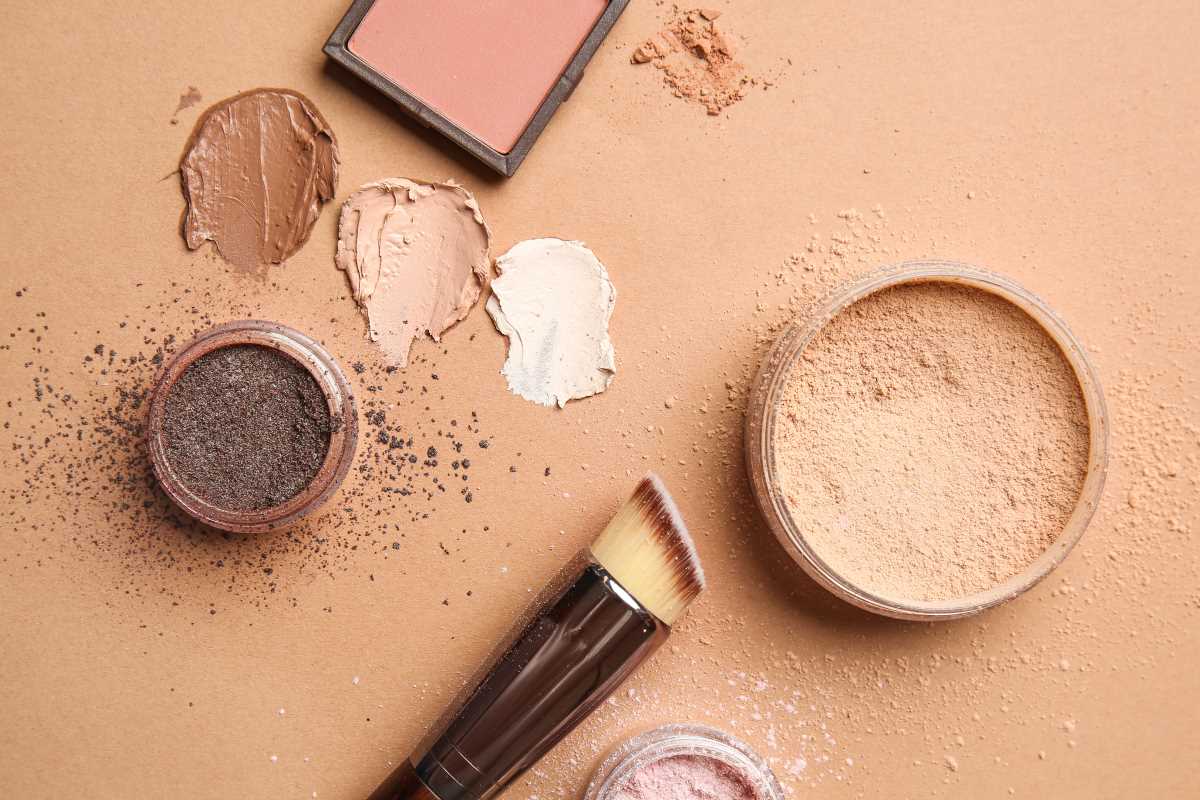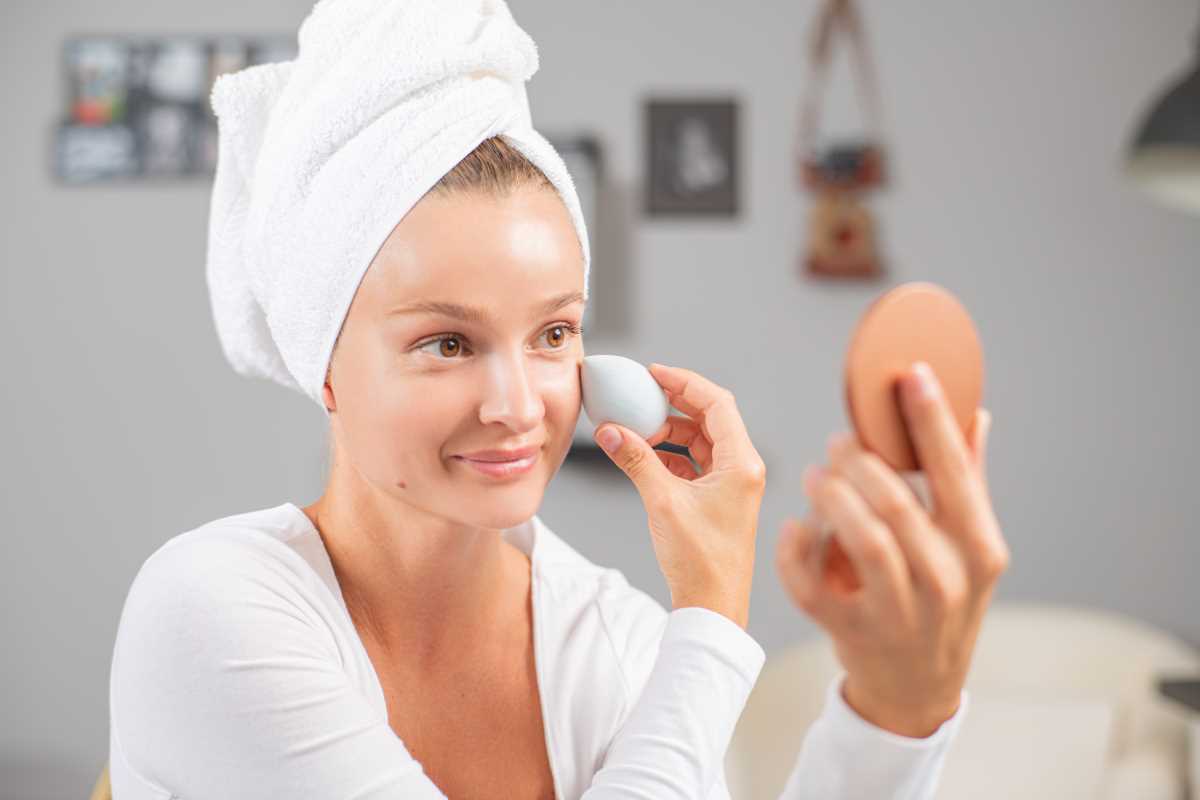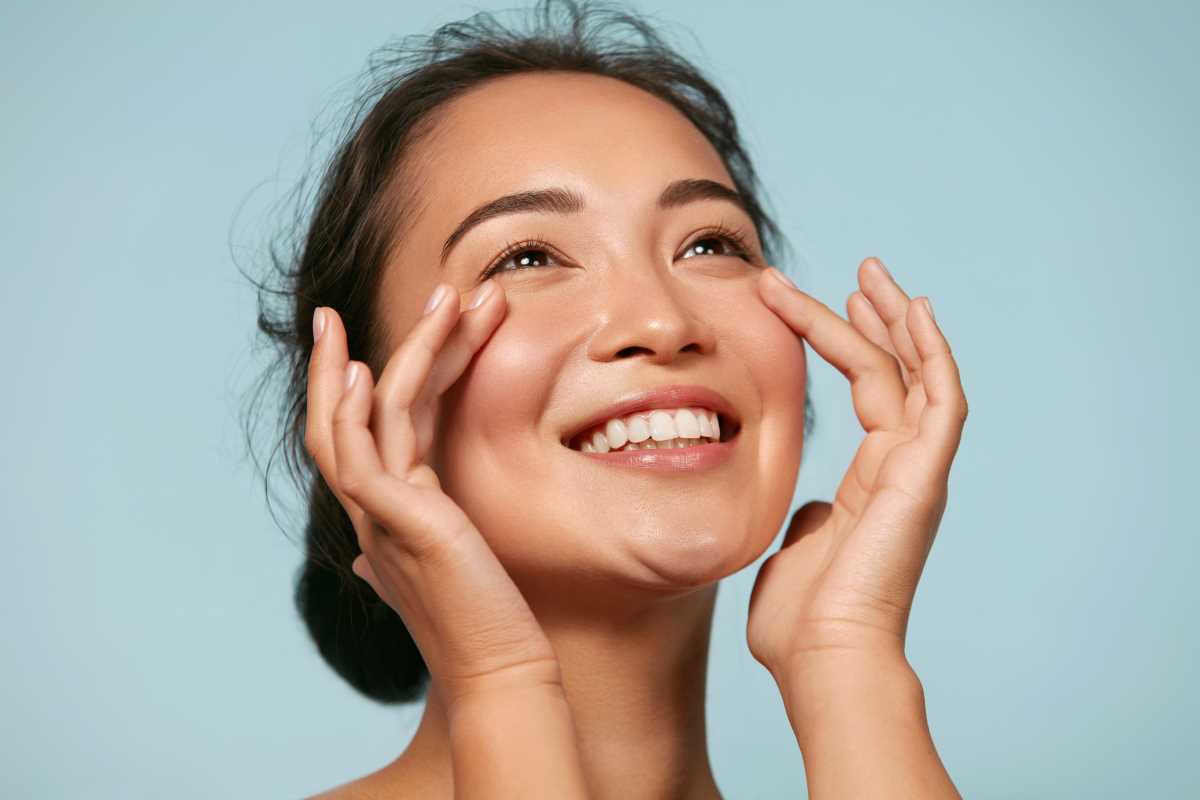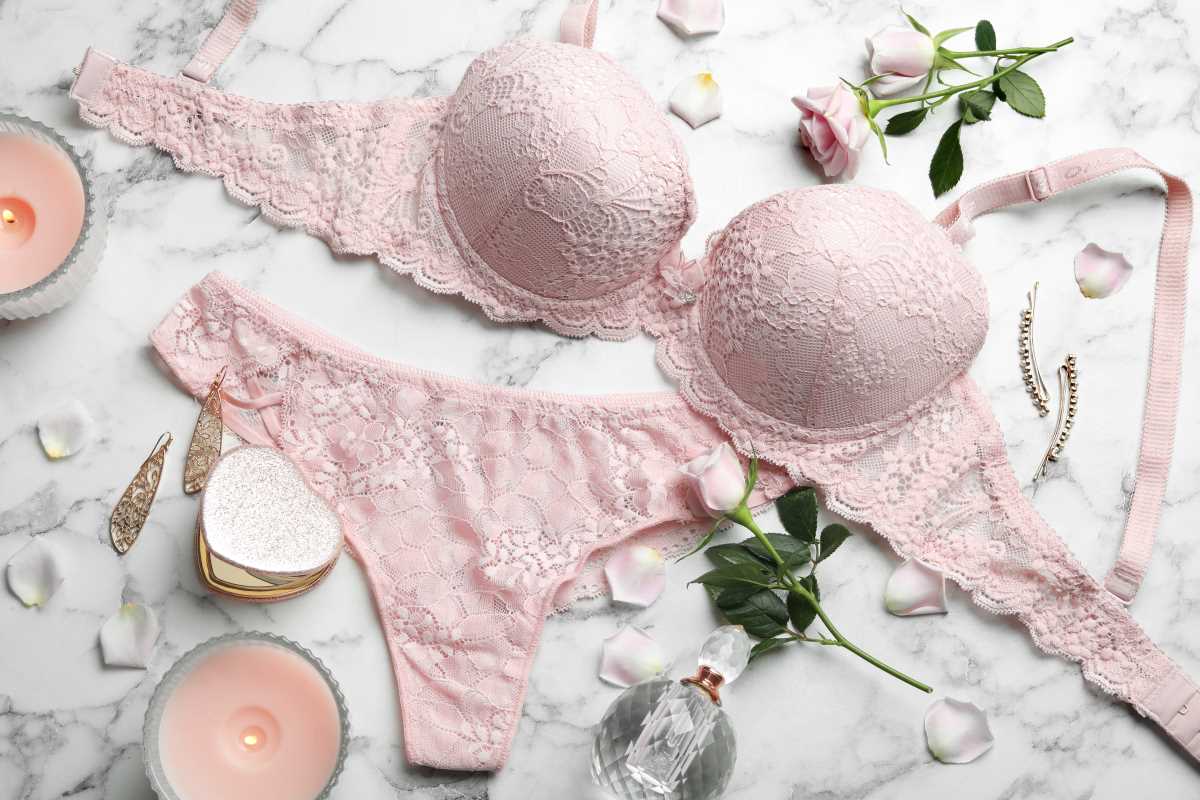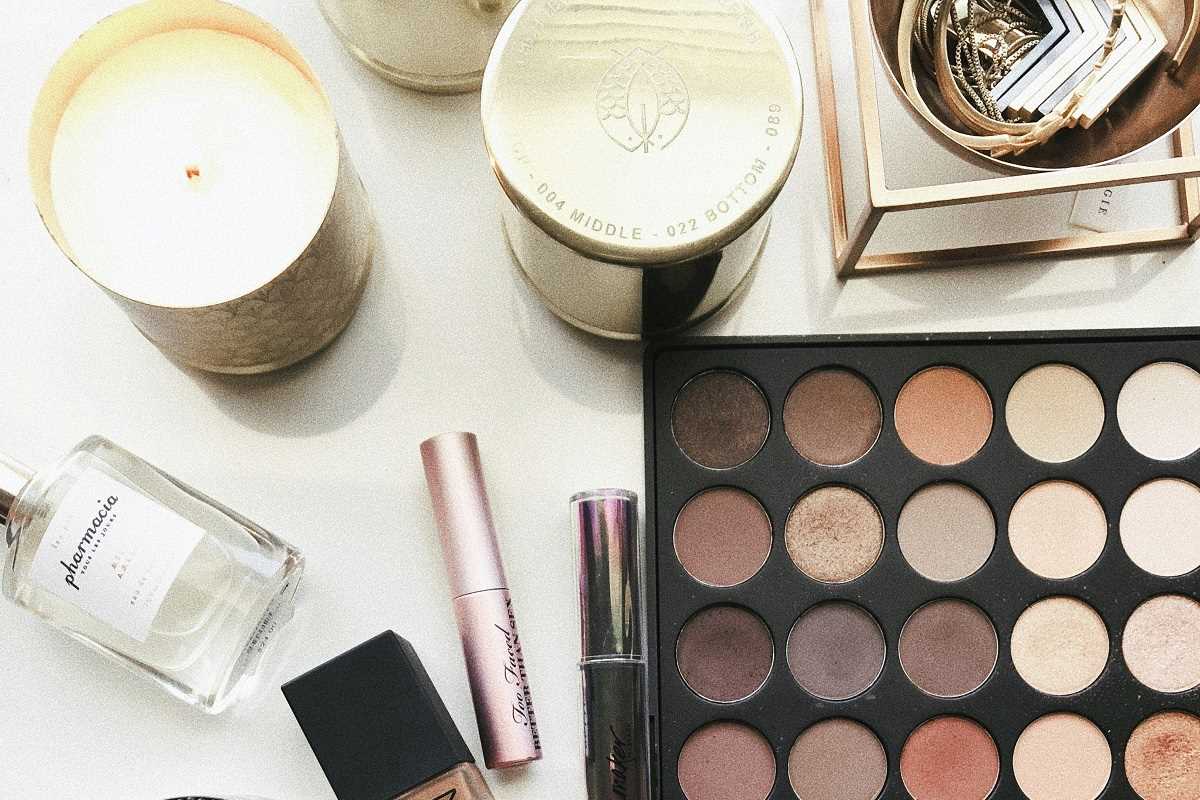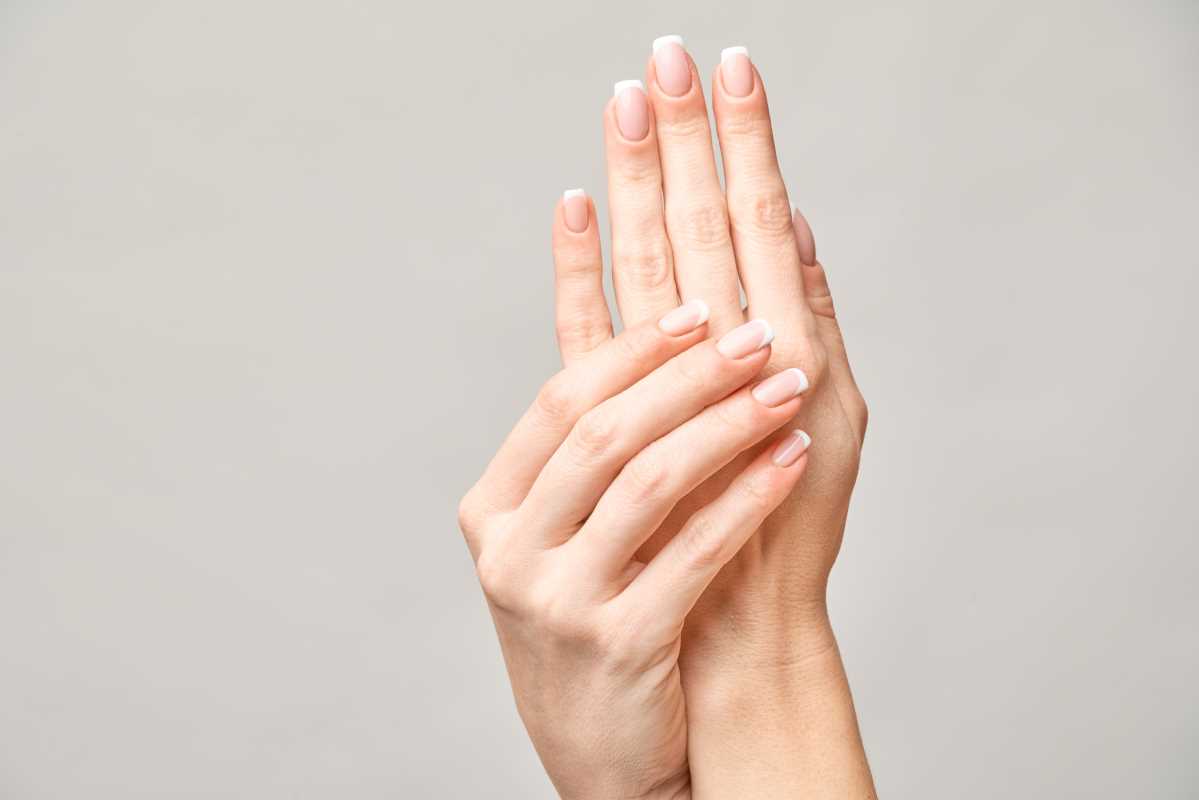The beauty industry has undergone a significant transformation in recent years, driven by an increasing shift towards clean beauty products. As consumers become more health-conscious and environmentally aware, the demand for clean beauty has surged, leading to a profound change in how we approach skincare and makeup. This movement is not just a trend; it's a response to growing concerns about the potential health risks and environmental impact of conventional beauty products. Here’s an in-depth look at the rise of clean beauty and why it’s becoming the new standard in the industry.
What is Clean Beauty?
Clean beauty refers to products formulated with non-toxic, safe, and environmentally friendly ingredients. These products are designed to be free from harmful chemicals such as parabens, sulfates, phthalates, and synthetic fragrances, which have been linked to various health issues, including hormone disruption and skin irritation. Clean beauty also emphasizes ethical sourcing and production, ensuring that the ingredients are derived in a manner that is both sustainable and humane.
The clean beauty movement is rooted in the idea that what we put on our bodies is just as important as what we put into them. As consumers become more informed about the ingredients in their beauty products, there is a growing preference for formulations that are not only effective but also safe for long-term use.
The Rise of Consumer Awareness
One of the primary drivers of the clean beauty movement is the heightened awareness among consumers regarding the potential dangers of conventional beauty products. Over the years, numerous studies and reports have highlighted the presence of harmful chemicals in many skincare and makeup products, leading to a shift in consumer behavior.
In response to this growing concern, consumers are now more inclined to scrutinize the ingredient lists of their beauty products. They are seeking out brands that prioritize transparency and provide clear, detailed information about the ingredients they use. This transparency is crucial in building trust, as it allows consumers to make informed decisions about the products they apply to their skin.
The rise of social media and online platforms has also played a significant role in spreading awareness about clean beauty. Influencers, bloggers, and beauty enthusiasts are using these platforms to educate their audiences about the benefits of clean beauty and the risks associated with conventional products. This widespread dissemination of information has empowered consumers to demand better, safer, and more ethical beauty options.
Transparency Is A Pillar of Clean Beauty
Transparency is at the heart of the clean beauty movement. Unlike traditional beauty brands that often obscure the full list of ingredients or use vague terms like "fragrance," clean beauty brands are committed to full disclosure. They provide detailed information about every ingredient in their products, often explaining the purpose of each component and its source.
This level of transparency has become a key factor in the success of clean beauty brands. Consumers are more likely to trust and support brands that are open about their formulations and production processes. This trust is further reinforced by third-party certifications from organizations like the Environmental Working Group (EWG), Leaping Bunny, and USDA Organic. These certifications serve as a seal of approval, indicating that the products meet stringent standards of safety, cleanliness, and ethical production.
Moreover, the emphasis on transparency extends beyond just ingredients. Clean beauty brands are also transparent about their business practices, including their commitment to sustainability, fair trade, and cruelty-free testing. This holistic approach to transparency resonates with consumers who are looking for brands that align with their values.
The Role of Sustainability in Clean Beauty
Sustainability is another cornerstone of the clean beauty movement. As concerns about climate change and environmental degradation grow, consumers are increasingly looking for products that minimize their ecological footprint. Clean beauty brands are responding to this demand by prioritizing sustainable practices in every aspect of their operations.
This commitment to sustainability often starts with the sourcing of ingredients. Many clean beauty brands opt for organic, wildcrafted, or sustainably harvested ingredients that are grown and collected in ways that do not deplete natural resources or harm local ecosystems. Additionally, these brands are careful to avoid ingredients that are known to cause environmental harm, such as microplastics or palm oil.
Packaging is another area where clean beauty brands are making a significant impact. In an effort to reduce waste, many brands are turning to eco-friendly packaging solutions, such as recyclable, biodegradable, or reusable containers. Some companies even offer refillable options, allowing consumers to purchase product refills instead of buying a new container each time.
Furthermore, clean beauty brands are increasingly adopting carbon-neutral or carbon-positive practices. This might include offsetting their carbon emissions by investing in renewable energy projects or reforestation efforts. By reducing their carbon footprint, these brands are not only contributing to environmental sustainability but also appealing to consumers who prioritize eco-consciousness in their purchasing decisions.
The Impact of Clean Beauty on the Traditional Beauty Industry
The rise of clean beauty has had a profound impact on the traditional beauty industry. As consumer demand for clean products grows, even established beauty brands are beginning to reformulate their products to meet these new standards. This shift is pushing the entire industry to become more conscious of the ingredients they use and the impact their products have on both consumers' health and the environment.
Many conventional beauty brands have introduced "clean" lines or reformulated existing products to eliminate harmful chemicals. This trend is particularly evident in the skincare sector, where consumers are becoming increasingly discerning about what they put on their skin. Even luxury brands that once relied on synthetic ingredients are now embracing natural and clean formulations to stay competitive in the market.
Retailers are also adapting to the clean beauty movement. Major beauty retailers like Sephora and Ulta have introduced clean beauty sections, making it easier for consumers to find and purchase clean products. These retailers often collaborate with clean beauty brands to educate consumers about the benefits of clean beauty and to promote transparency and sustainability.
Challenges and Considerations in Clean Beauty
While the clean beauty movement is undoubtedly a positive development, it’s important to acknowledge some of the challenges and considerations that come with it. One of the primary challenges is the lack of regulation and standardized definitions of "clean" in the beauty industry. Without a universal standard, the term "clean beauty" can sometimes be used loosely, leading to confusion among consumers.
To navigate this, consumers should be diligent in researching brands and looking for third-party certifications that validate the claims made by clean beauty products. Additionally, it’s important to recognize that not all natural ingredients are inherently safe or beneficial for every skin type. Some natural ingredients can cause allergic reactions or irritation, so it’s essential to patch-test new products and consult with a dermatologist if necessary.
Another consideration is the price point of clean beauty products. Due to the higher cost of sourcing sustainable ingredients and eco-friendly packaging, clean beauty products can often be more expensive than their conventional counterparts. While the investment in clean beauty is worthwhile for many consumers, it may not be accessible to everyone.
Conclusion
The rise of clean beauty represents a significant shift in the beauty industry, driven by consumer demand for safer, more transparent, and environmentally responsible products. As more people become aware of the potential risks associated with conventional beauty products, the clean beauty movement is set to continue growing, influencing how beauty products are formulated, marketed, and consumed.
By embracing clean beauty, consumers can make choices that align with their values, supporting brands that prioritize health, sustainability, and ethical practices. However, it’s important to approach clean beauty with an informed and discerning mindset, recognizing both its benefits and challenges. As the movement evolves, it holds the promise of a beauty industry that is not only kinder to our bodies but also to the planet.
(Image via Adobe)
